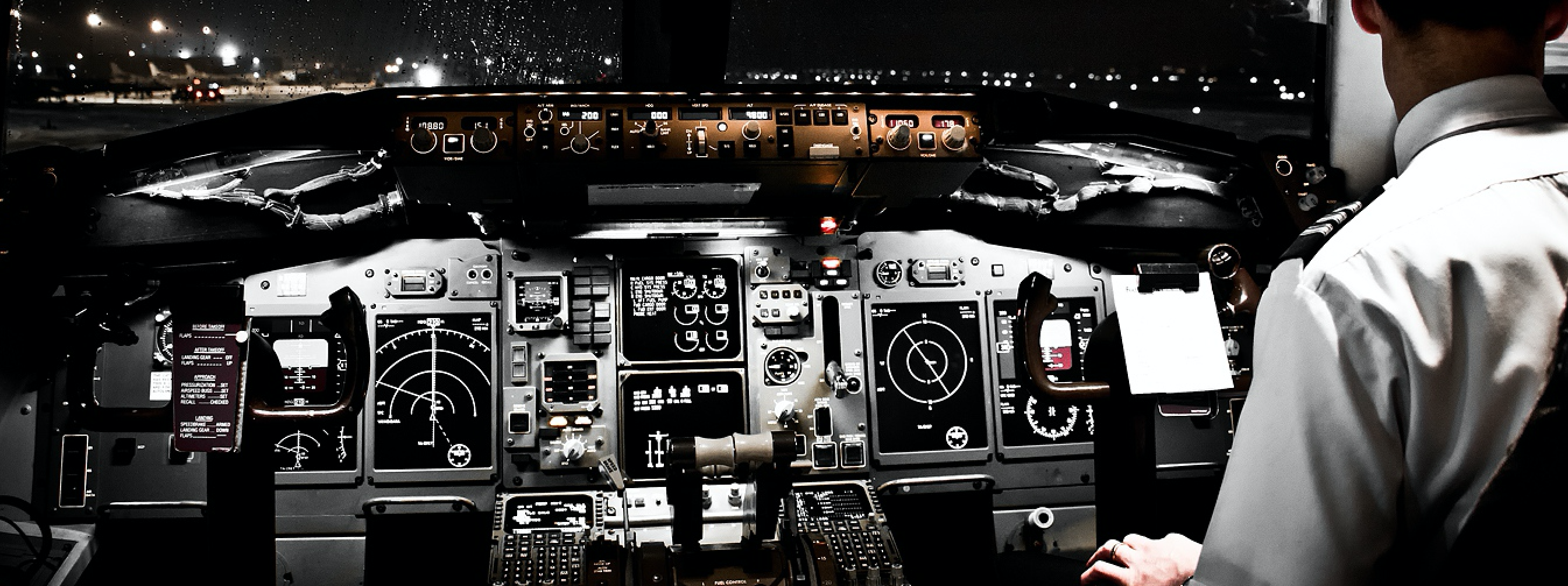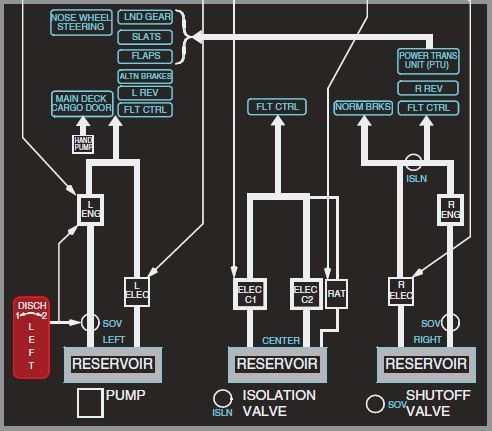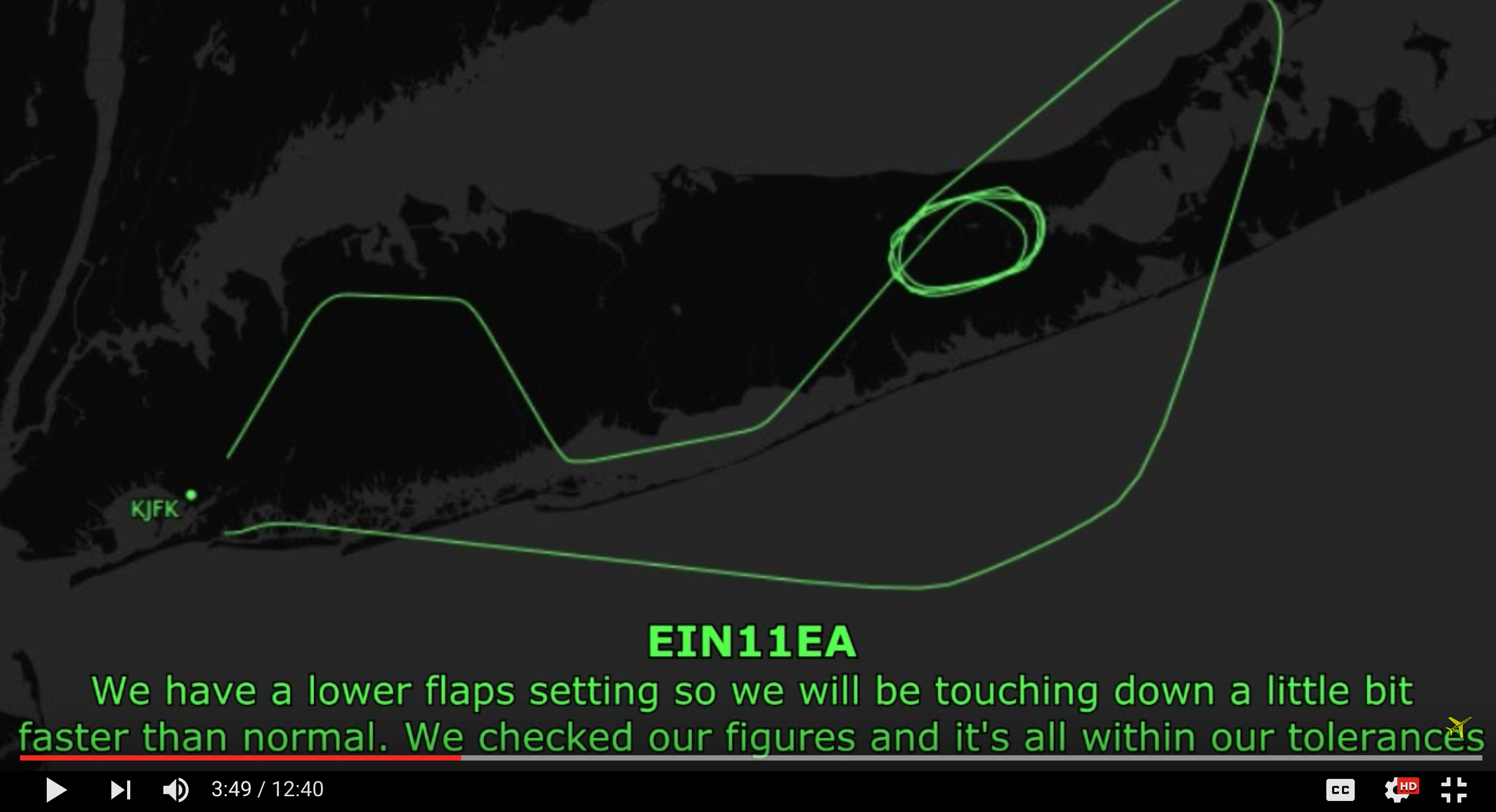In September last year, an Aer Lingus Boeing 757 (operated by Air Contractors), suffered a loss of the Left Hydraulic system on departure from JFK. The left hydraulic system is the main one, meaning that Flaps, normal gear extension, and Nosewheel steering all become unavailable. The failure is therefore serious, albeit one that would be a favourite for simulator practice.
There are some really interesting lessons to learn from this incident, not least of which is how we now get access to the information that emanates from it. No longer do we need the offical report; it’s all out there on Live ATC and YouTube. It’s 12 minutes 40′ of highly worthwhile viewing, whatever your thoughts on how public this all is.
And so to the incident. Foremost, this is a lesson in professionalism and communication, from an outstanding crew. Listen carefully, and observe how:
- A clear report is made as to the situation and what’s needed immediately.
- Potential for a spillage of fluid on the runway – not their problem, right now – but passed on as the first consideration for others.
- Early message to JFK, via Boston Centre, that ILS22L is the best runway for them, that they cannot vacate, and that the gear doors may look unusual.
- Communication is clear, precise, and authoritative – making sure everyone has all the information they need.
- Taking full command of the situation on the ground, during the fire incident. “Say again, and make sure nobody speaks apart from you“. Communications involving rescue vehicles on ATC frequencies are notoriously confusing and unclear, this crew handled the confusion with authority.
Some International Differences that can be seen here:
- Pounds and Kilos – this 757’s indications are in Kilos; ATC don’t know the conversion either, and another US aircraft on the frequency steps in to help out. Since the Gimli Glider, this has always been an issue.
- Mayday and Emergency – read more below, but the US likes the phrase “Declaring an emergency”

Some other interesting factors:
- A really awful callsign. Bad enough for a normal crossing and 6 hour flight; brutal in an emergency. The flight was EI110 – so the callsign should be Shamrock-one-one-zero (one-ten works fine). Problem: lots of other airlines have this number too, so to avoid callsign confusion, someone in an office somewhere decided to change it to Shamrock-One-One-Echo-Alpha.
- Callsign confusion is in fact the result. Try saying it a few times in a row. The controller variously calls them “Shamrock 11E”, “Speedbird 11EA”, “Shamrock 11A”. The callsign alone made things difficult for ATC and the crew.
- ATC did a pretty good job of keep comms to a minimum. In most incidents, ATC create stress and workload for the crew by asking non-essential questions the moment that an emergency is declared – which is the same time as the crew have a bunch of checklist work to do. When you get a Mayday or Emergency call on your frequency, hang tough with the questions for a minute or two, unless you need answers for immediate traffic separation.
- ATC will always ask Souls on Board and Fuel on Board. Why? To know how many people to account for on the rescue, and how much Jet fuel is going to fuel a fire if there is one after landing. Get the souls on board accurate (not a bad idea to have this written at the top of the flight plan), but a rough estimate of fuel will do. If you’re using a decimal, you’re doing it wrong.
Emergency/Mayday/Pan:
- In the US, normal practice is that you either declare an emergency, or you don’t – unlike many other countries where a choice between Mayday (serious) and Pan-Pan (cautionary) exists.
- US ATC Handbook: “If the words “Mayday” or “Pan-Pan” are not used and you are in doubt that a situation constitutes an emergency or potential emergency, handle it as though it were an emergency. “
- Sidenote: Many think that only the flight crew can declare an emergency. In fact, Flight Crew, Dispatch, Company Representatives, and ATC can all declare an emergency. An emergency can be declared without notifying the flight crew.
- In this case, the crew were comfortable in their communication with ATC – and able to “not declare” but at the same time request emergency equipment on standby. As it turned out, this emergency equipment was critical because there was a small fire after landing. If you are uncertain whether ATC understands the nature of your situation – declare an emergency. You can always cancel it later on.
- Fuel Reserves Approaching Minimum: Internationally, ’Fuel Emergency’ or ‘fuel priority’ are not recognised terms. Flight crews short of fuel must declare a PAN or MAYDAY to be sure of being given the appropriate priority.
- In 2005, ATPAC recommended changing FAAO 7110.65 (the regs for controllers) to include “emergency” as a term that could be used in lieu of “mayday” and “pan-pan.” They then withdrew the recommendation because they decided that creating more differences from ICAO standards was a bad thing.
It’s easy to forget that in a real emergency, no matter how strong your training, you have to deal with stress and adrenaline that doesn’t appear in the simulator.
A hydraulic loss is considered ‘routine’ in the books, but many accidents in the past have come from compounding errors – those holes in the swiss cheese line up pretty easily once the first one is as big as a hydraulic leak.
The cool, clear, and decisive communications from this crew indicate that they have the Big Picture firmly under control. It’s a lesson for all of us.

More on the topic:
- More: EU Updates Lost Comms and Emergency Descent Rules
- More: FIRE on the NAT! Where to go in an emergency?
- More: Fire Onboard: A Pilot’s Worst Fear?
- More: Dangerous Goods: The Bad Ones
- More: Bomb Onboard: Do you know your procedures?
More reading:
- Latest: Crossing the Quiet South: From Australia to Argentina
- Latest: Major runway shutdowns ahead at KVNY/Van Nuys
- Latest: New FAA Airspace Warnings for Venezuela and Puerto Rico
- Safe Airspace: Risk Database
- Weekly Ops Bulletin: Subscribe
- Membership plans: Why join OPSGROUP?












 Get the famous weekly
Get the famous weekly 






Great reading and viewing. I am impressed with this crew – you can feel the CRM working from the audio. Very decisive!